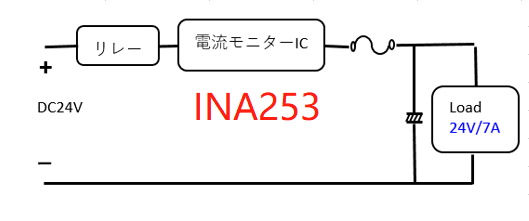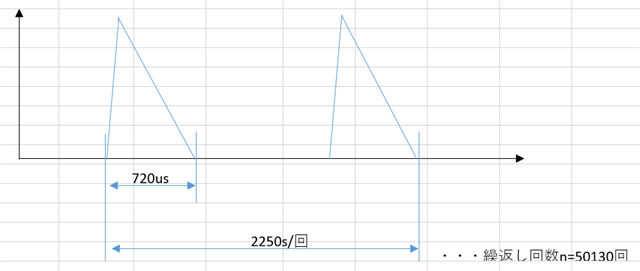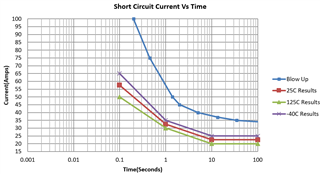HI
My customer has some test about the transient output over current.
the circuit is as below:

over current: 105.6A
duration:720us
times of repetition:50130
interval time: 2250s

the peak current is beyond the largest current of the short-circuit duration curve whick is show in datasheet:

Can INA253 withstand in this situation?
is there any calcualation which can prove the conclusion?
THX~


